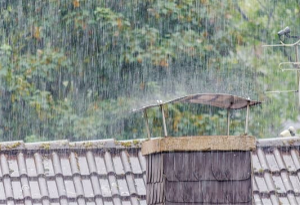Tips to Avoid Chimney Fires
It’s estimated that over 25,000 chimney fires occur every year in the United States, causing over $125 million in property damage.
Flames in the bottom chimney migrate upward, cracking, warping, melting, and badly affecting the masonry or metal chimney walls.
In extreme cases, chimney fires can destroy homes and endanger people’s lives.
Chimney fires are brought about by a failure to examine, repair, and clean a chimney regularly, leading to the malfunctioning or accumulation of dangerous buildup, putting your family at risk.
Thankfully, if you follow the precautions outlined here, the hardworking column above your fireplace or wood stove should continue to do its job of directing smoke and other byproducts out of your home, allowing you and your family to enjoy cozying up in front of the flames securely.
To help you out, here are ways you can prevent chimney fires from coming about in your home:
Minimize creosote buildup
Creosote is the primary cause of chimney fires. When fire byproducts (smoke, vapor, and unburned wood) condense as they flow from the hot fireplace or wood stove into the cooler chimney, this extremely flammable, dark brown substance coats the chimney walls.
Creosote can catch fire if the temperature in the chimney flue (the space inside the chimney) is high enough. The creosote buildup is thick enough, and the fire can spread and migrate up the flue.
To minimize the creosote in your chimney, only burn seasoned hardwood that has dried for at least six months and has no more than 20% moisture content.
You can test the moisture levels using a wood moisture meter (available online and at hardware stores). Keep the damper (a metal plate in the flue that regulates the draft) open throughout a fire to maintain appropriate airflow.
If your chimney’s flue liner (the layer between the flue and the chimney walls) is uninsulated, it’s best to work with your chimney contractors and insulate it by wrapping it in a heat-resistant insulation blanket or pouring an insulation mix like vermiculite into the space between the flue liner and flue.
You should insulate your flue because an insulated flue liner keeps flue temperatures from dropping too low, which can cause fire byproducts to condense and develop creosote.
Clean the chimney every year.
Since many flaws that cause chimney fires aren’t visible to the human eye, such as a cracked flue liner, it’s critical to have a Chimney Safety Institute of America-certified chimney sweep inspect your fireplace or woodstove, chimney, and venting system once a year.
This professional will notify you of any damage and if wanted, repair it and clean soot, creosote, or blockages like bird nests.
As mentioned, you should hire a certified professional who knows what they are doing.
Install a chimney cap.
When touched by loose embers from a fire, leaves and animal nests inside a vent can quickly feed a chimney fire.
A chimney cap around the outside entrance of the chimney flue on the crown will keep debris and rodents out. The cap will help prevent “back puffing,” which occurs when smoke from a fire enters the chimney and the house.
Caps also keep corrosive rainfall from entering the chimney and corroding it. While some homeowners choose to install a chimney cover themselves, doing so may void the warranty—hiring a professional may be worth it.
Remember that improper installation might cause functionality problems or jeopardize the chimney’s structural integrity, so ensure it’s always expertly installed.
Consider installing a spark arrestor in your chimney cap if you have a wood-burning fireplace. A spark arrestor keeps sparks and embers from exiting the chimney and starting a fire. To guarantee compliance, review local construction codes and regulations.
Properly installing the cap isn’t enough—you still need to maintain it. Maintain and examine the chimney cap regularly.
This is because debris and soot may accumulate on the cap over time, reducing its effectiveness. Clean the cap regularly and inspect it for signs of damage or wear. If necessary, replace the cap to ensure protection.
Ensure that your walls don’t have more than ¼ inch of buildup
You should regularly clean your chimney to prevent a chimney fire. To tell whether your chimney is ripe for cleaning, you should scratch your finger against a chimney wall, and if you find one-eighth of an inch of buildup, it’s time to clean it.
If you are a dab hand at DIY projects, you can do the cleaning yourself, but for the best outcome, let a professional do the chimney cleaning Upper Marlboro. This is because the professional will thoroughly clean as they have the necessary tools.
For example, the professional will thoroughly sweep the outside of the chimney and the firebox, smoke shelf, smoke chamber above the firebox, and flue liner.
As mentioned above, ensure that the professional you hire is certified and experienced enough. You don’t want someone who won’t do a good job.
Use clean burning tricks.
Low-temperature, slow-burning fires, especially those left to smolder overnight, emit more smoke and leave more unburned combustible material behind. When this hardens into creosote on the chimney walls, the risk of fires increases.
On the other hand, hot, fast-burning flames produce significantly less smoke, vapor, and unburned wood, resulting in little to no creosote formation.
The top-down burn approach is the finest way to burn a clean fire: Add four to five horizontal layers of kindling to the bottom of the fireplace or wood stove (with the bottoms of the logs facing you), then top with fuel and light.]
Before retiring for the night: With a fireplace poker, spread out the wood and embers, then cover them with the ash at the bottom of the fireplace with a fireplace shovel.
You should then entirely cover the cooled wood and embers with baking soda—the sodium bicarbonate will extinguish any remaining embers.
After the firebox has cooled (at least three hours, preferably eight), scoop the ashes into a metal container. Fill the metal container with water and keep it outside, away from other flammable objects, until you’re ready to dispose of it.
The post Tips to Avoid Chimney Fires first appeared on First Class Chimney Services.
This post first appeared on https://www.firstclasschimneyservices.com
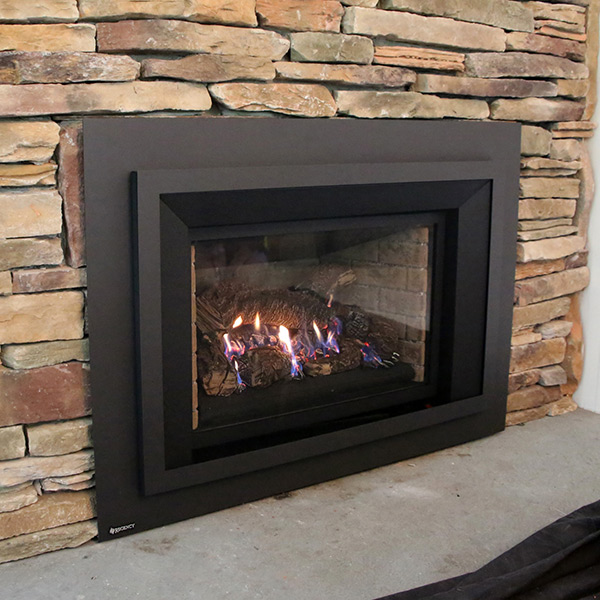 First things first, which style of fireplace do you own?
First things first, which style of fireplace do you own?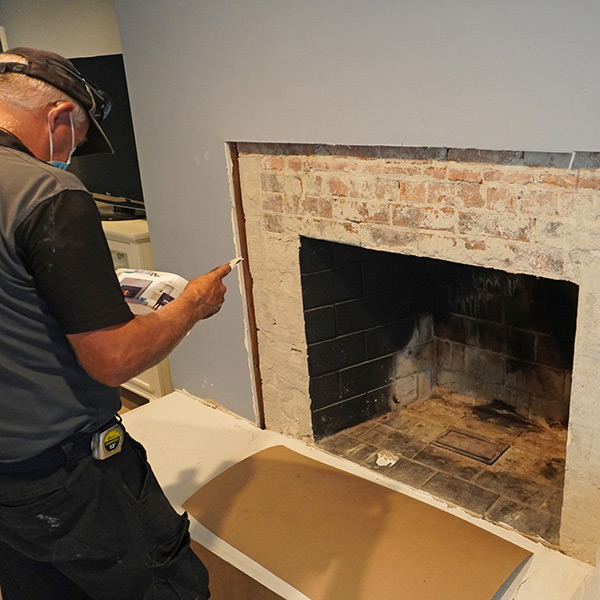 In addition, we can also take care of any repairs at this time. One of our tips to prepare your fireplace for summer essentially boils down to preparation. You will want to do everything you can in the off-season to get your fireplace ready for use this fall. At that time, we’ll replace or repair anything that needs to be addressed, such as the previously mentioned components, your cap, flashing, flue liner, and so on.
In addition, we can also take care of any repairs at this time. One of our tips to prepare your fireplace for summer essentially boils down to preparation. You will want to do everything you can in the off-season to get your fireplace ready for use this fall. At that time, we’ll replace or repair anything that needs to be addressed, such as the previously mentioned components, your cap, flashing, flue liner, and so on.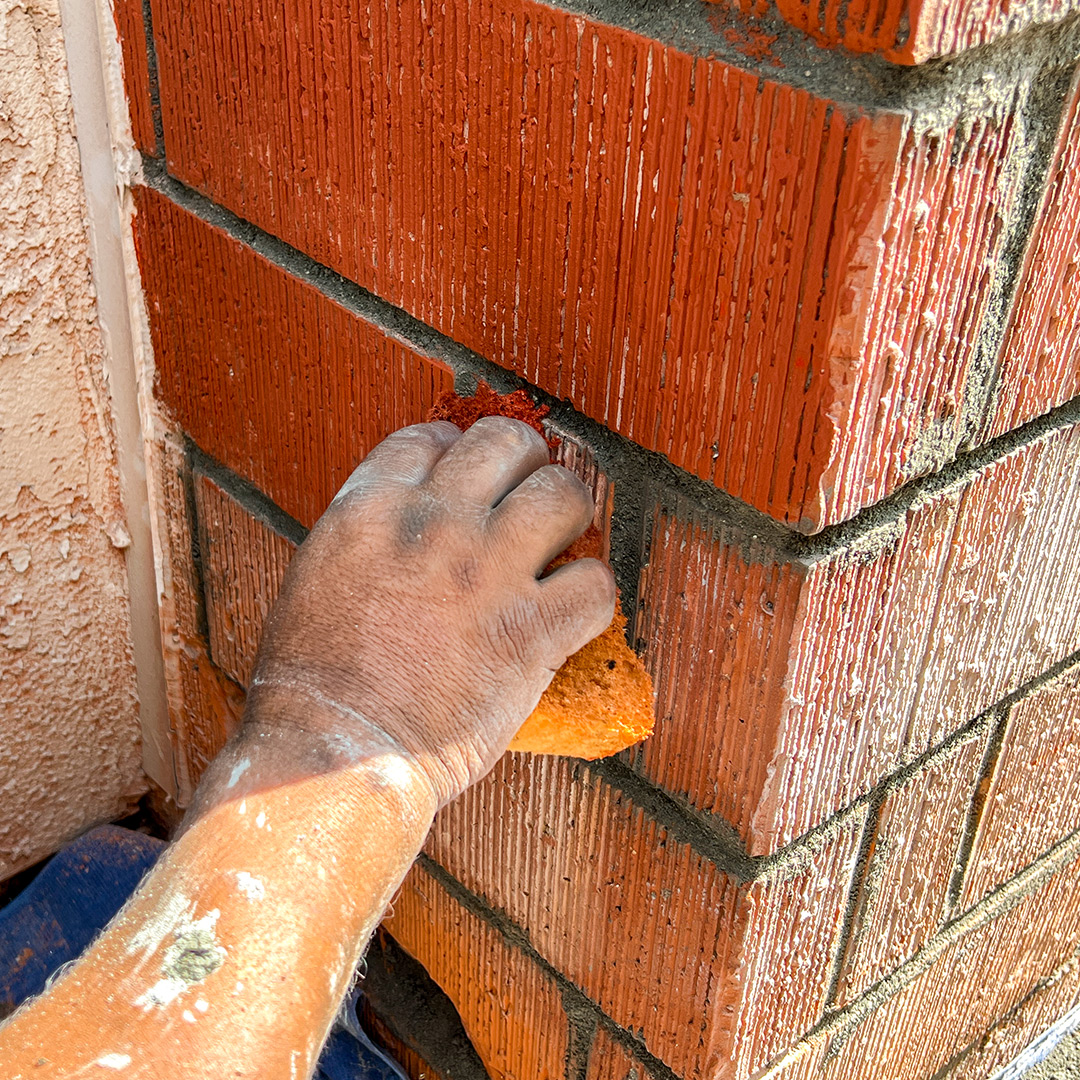
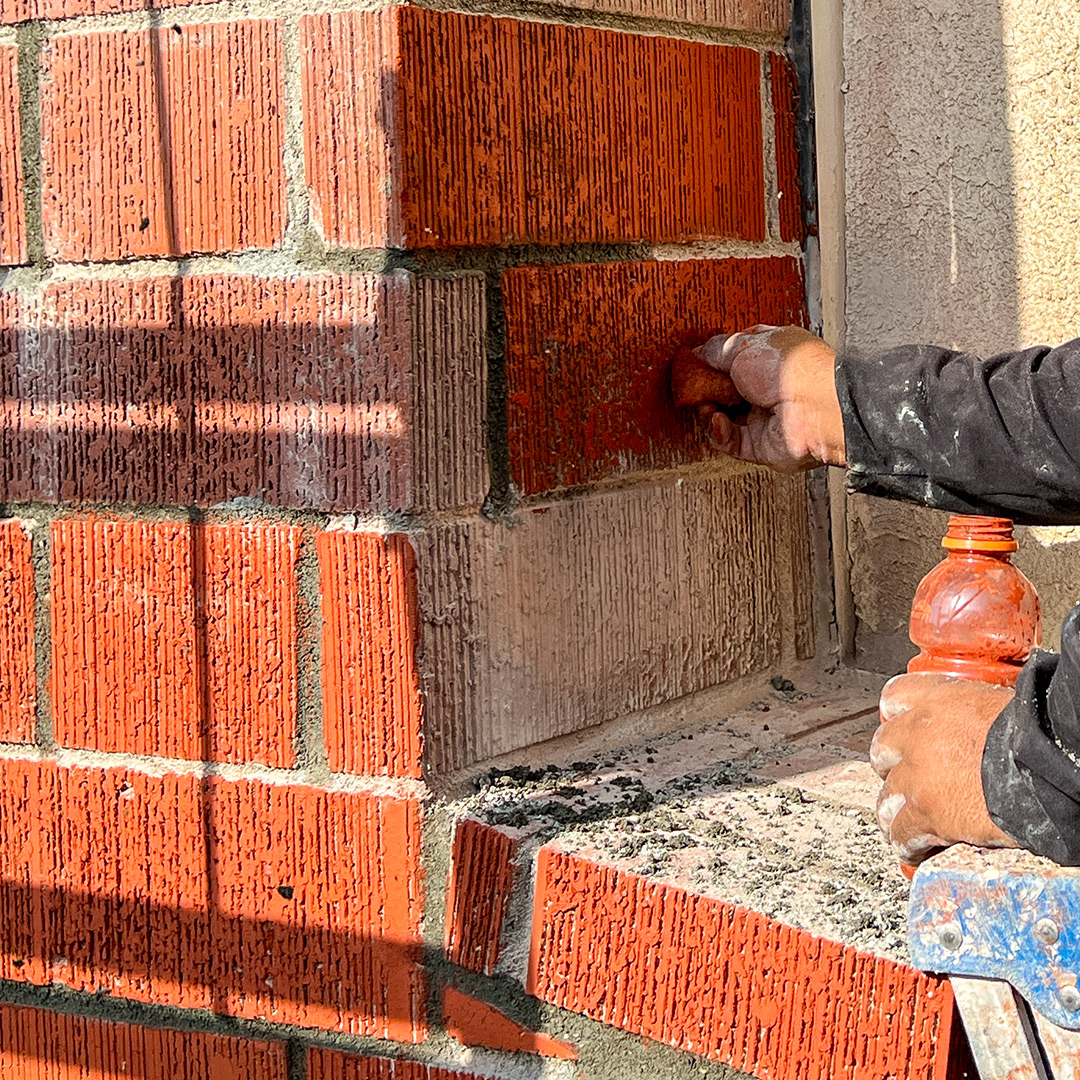 Call Fluesbrothers Chimney & Fireplace
Call Fluesbrothers Chimney & Fireplace

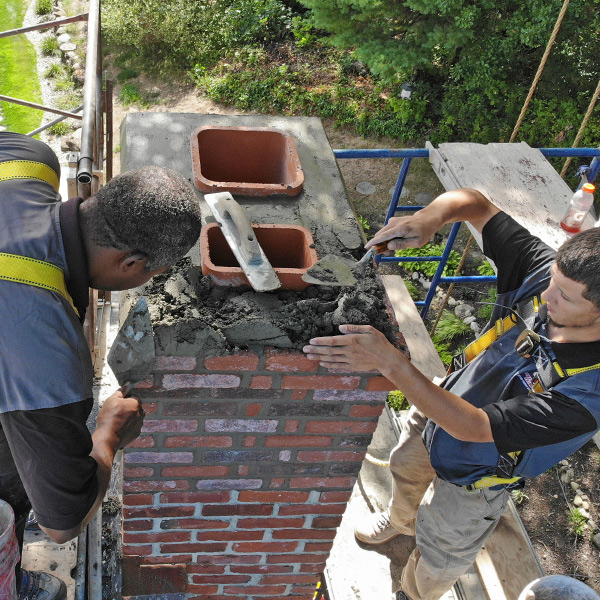 Signs that now is the best time for masonry repairs
Signs that now is the best time for masonry repairs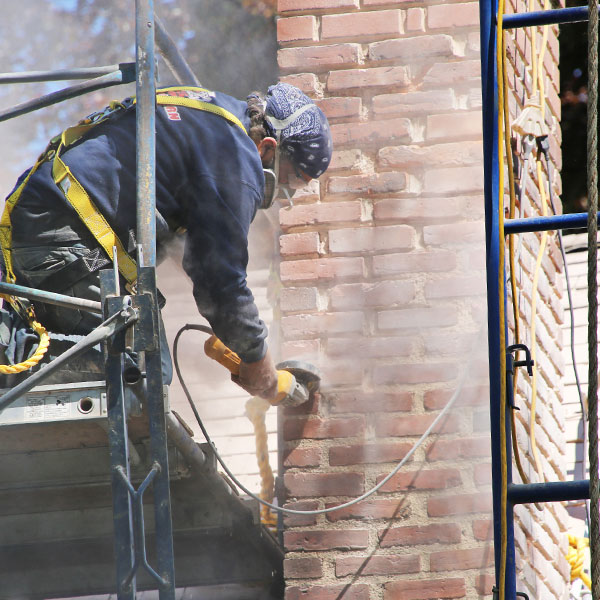 Contact us today to get on our calendar!
Contact us today to get on our calendar!

